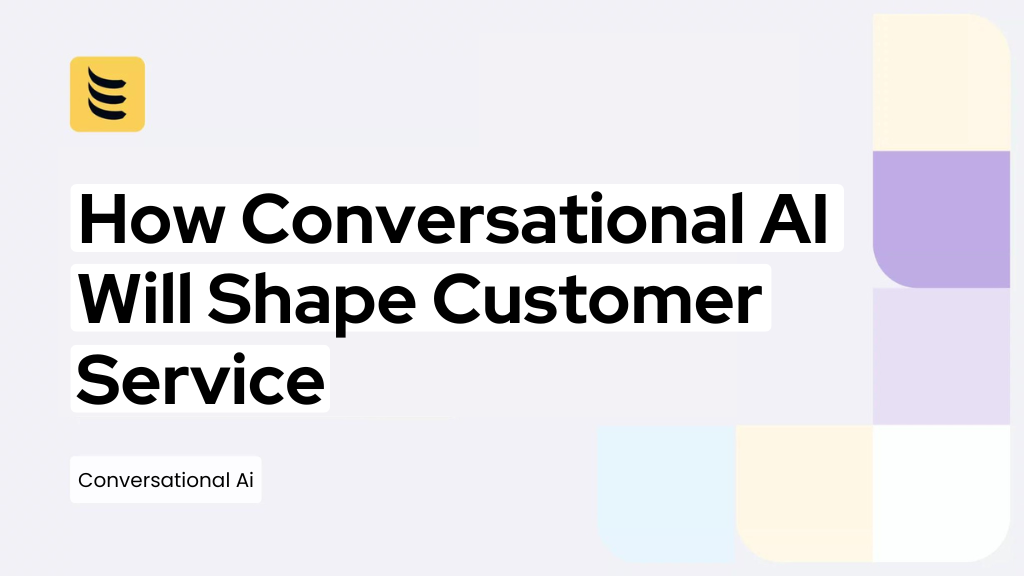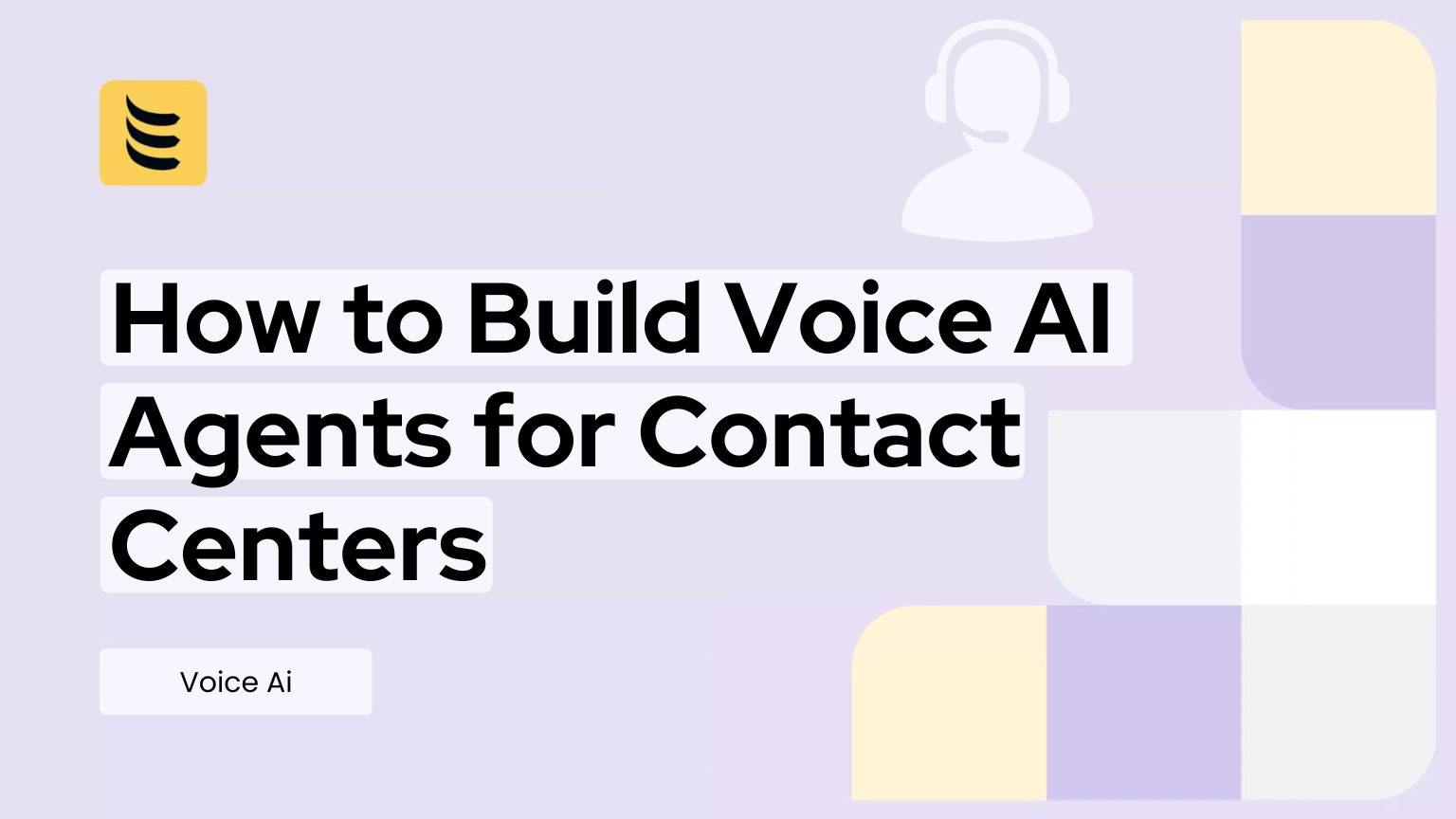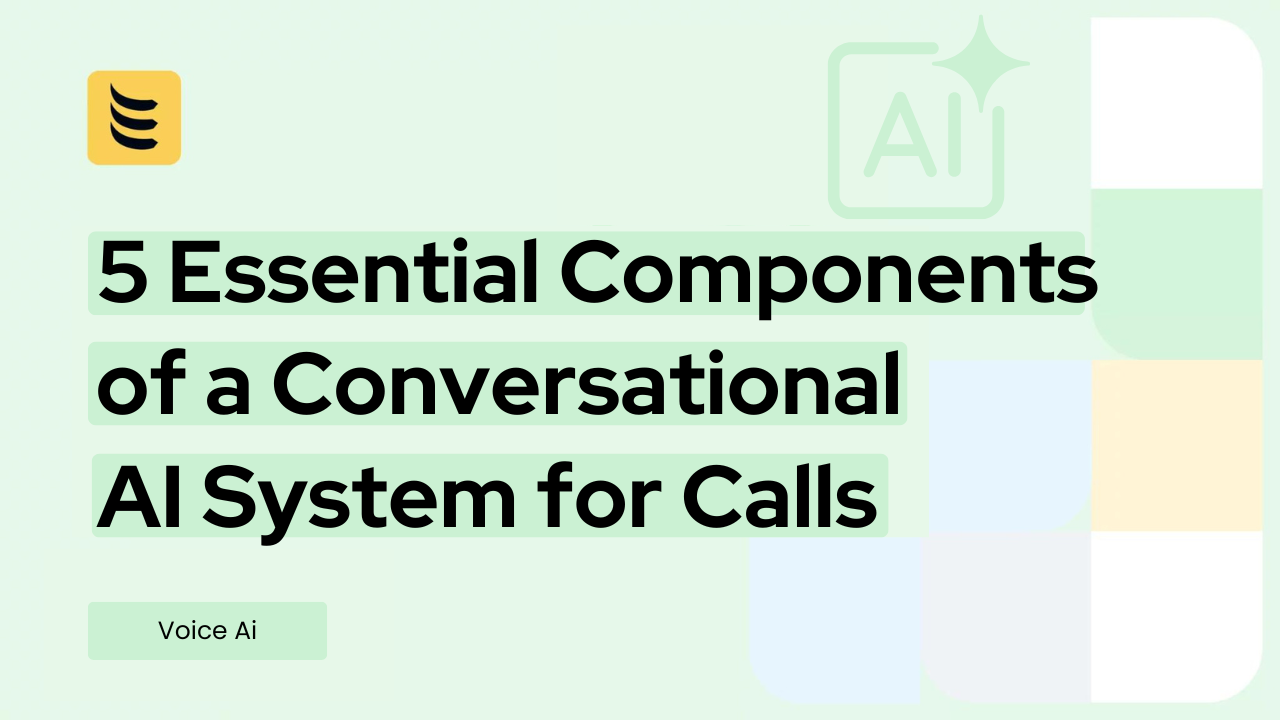Ever had a frustrating experience with customer service? You know, the kind where you’re stuck on hold forever, then get transferred around to different departments, repeating your issue over and over again? It’s a common problem, and it’s one that AI could solve. But not just any AI – we’re talking about conversational AI. This tech has made leaps and bounds in the past year, with companies like Google and Microsoft investing heavily in it. By 2025, it could completely reshape customer service, making those infuriating experiences a thing of the past. But it’s not all smooth sailing. There are challenges to overcome and mistakes to avoid. So, let’s take a closer look at what’s on the horizon for conversational AI in customer service.
An Overview of Conversational AI and its Significance in Customer Service
Conversational AI, in its simplest form, is artificial intelligence designed to interact with humans in a natural, conversational manner. You’ve likely interacted with it already, perhaps without even realizing it. Whether it’s a chatbot on a website, a digital assistant like Alexa, or even an automated phone system, these are all examples of conversational AI at work.
In the context of customer service, conversational AI plays a pivotal role. It can handle basic customer inquiries, freeing up human agents to deal with more complex issues. This not only improves efficiency but also significantly enhances the customer experience. According to a 2023 report from Gartner, businesses that have implemented conversational AI have seen a 33% increase in customer satisfaction scores.
So, how can you leverage conversational AI in your customer service? Start by identifying repetitive tasks that can be automated – things like checking order status, booking appointments, or answering frequently asked questions. Next, invest in a conversational AI platform. There are several on the market, such as IBM Watson Assistant or Google Dialogflow, that you can customize to suit your business needs.
Remember, the goal isn’t to replace human agents, but to augment their capabilities. Conversational AI can handle the routine, while your human team focuses on providing personalized, empathetic service where it’s needed most.
In a world where customer experience is becoming a key differentiator, incorporating conversational AI into your customer service strategy is no longer an option, but a necessity. It’s a tool that, when used effectively, can give you a significant edge over your competitors.
Current Trends: Conversational AI in Today’s Customer Service
You’ve seen how conversational AI can transform customer service, but let’s delve into how the big players, like Google and Amazon, are currently leveraging this technology. They’re not just using AI to answer frequently asked questions, but they’re also using it to predict customer needs, personalize interactions, and even upsell products.
Take Amazon’s Alexa, for example. In 2023, Amazon introduced a new feature that allows Alexa to predict a customer’s next purchase based on their shopping history. This predictive capability not only improves the shopping experience but also increases sales. Google, on the other hand, has been using its AI-powered assistant, Google Duplex, to handle customer service calls. Duplex’s ability to understand and respond to complex queries in real-time has significantly reduced call wait times.
But implementing conversational AI in customer service isn’t without challenges. One of the key issues is ensuring that the AI understands and responds accurately to customer queries. Misunderstandings can lead to customer frustration and damage your brand reputation. To mitigate this, you’ll need to invest in high-quality AI training data and regularly review and update your AI models.
Another challenge is making the AI interactions feel natural and human-like. Customers don’t want to feel like they’re talking to a robot. You can overcome this by using advanced natural language processing techniques to make your AI understand and respond in a more human-like manner.
In conclusion, conversational AI is revolutionizing customer service, but it’s not a plug-and-play solution. You’ll need to carefully consider and address these challenges to reap the full benefits of this technology.
The Potential of Conversational AI in Boosting Customer Satisfaction
You’re probably familiar with the frustration of waiting on hold for a customer service representative. It’s a time-consuming process that leaves customers feeling disgruntled. But what if there was a way to avoid this scenario altogether? Conversational AI, with its ability to personalize customer interactions, can be your solution.
Consider the potential of a chatbot that remembers your customers’ previous interactions. It can tailor its responses based on past purchases, preferences, and issues. Imagine the satisfaction of a customer who feels understood and valued. It’s like having a personal assistant who knows your customers inside out. Take, for instance, Sephora’s Kik bot, which offers personalized beauty tips and product recommendations based on individual user profiles. It’s a game-changer in building customer loyalty.
But it’s not just about personalizing interactions. Conversational AI can also significantly reduce your customer service costs. By automating routine inquiries, you can free up your human agents to handle complex issues that require empathy and critical thinking. According to a report by IBM, businesses can save up to 30% in customer support costs by implementing conversational AI. This means you can improve your bottom line while also enhancing customer satisfaction.
So, how can you make the most of this technology? Start by identifying the most common customer queries and programming your AI to handle these. Gradually, as your AI learns and evolves, it can tackle more complex interactions. Remember, the goal is not to replace human agents but to augment their capabilities and make their jobs easier.
In a world where customer satisfaction is paramount, conversational AI offers a way to meet and exceed expectations. And in doing so, it can give your business a competitive edge.
Voice Conversational AI
The evolution of Conversational AI is moving rapidly beyond text-based chatbots, with voice agents emerging as a critical frontier in customer service. These sophisticated voice bots can handle complex, multi-turn conversations, offering a hands-free, natural-sounding, and immediate service experience that significantly reduces customer frustration often associated with traditional Interactive Voice Response (IVR) systems. Platforms like IDT Express’s AI Voice Agent Platform exemplify this shift, providing businesses with highly customizable, scalable solutions that leverage advanced Natural Language Understanding (NLU) to not only comprehend what a customer says but also the intent and emotional context behind it. By deploying such platforms, companies can automate a significant percentage of voice interactions—from booking and verification to complaint resolution—ensuring 24/7 availability and a consistently professional, high-quality verbal experience that mirrors human interaction.
Economic Impact: The Cost-Benefit Analysis of Conversational AI in Customer Service
You’re probably wondering about the economic implications of implementing conversational AI in your customer service. Let’s dive into the cost-benefit analysis, focusing on the Return on Investment (ROI) and potential hidden costs.
When you invest in conversational AI, you’re essentially buying time. By automating routine queries, your human agents can focus on complex issues, thus improving productivity and customer satisfaction. A 2023 study by Gartner found that businesses using conversational AI in their customer service saw a 30% increase in efficiency.
But what about the costs? The upfront investment may seem steep, especially for small or medium-sized businesses. The initial costs include purchasing the AI software, integrating it into your existing systems, and training staff. However, it’s essential to consider the long-term savings. For instance, a 2024 report by Deloitte estimated that businesses could save up to 50% on customer service costs by using conversational AI.
Yet, it’s not all sunshine and rainbows. There are potential hidden costs and risks. One is the risk of customer alienation if the AI fails to respond appropriately. Another is the ongoing cost of maintaining and updating the AI system to meet evolving customer needs and expectations.
So, before jumping in, do your homework. Evaluate your customer service needs, calculate the potential ROI, and consider the potential risks. Only then can you make an informed decision about whether conversational AI is a viable solution for your business.
Addressing the Challenges: Ensuring a Smooth Transition to Conversational AI in Customer Service
As you gear up to integrate conversational AI into your customer service, remember that change management plays a pivotal role in successful AI implementation. It’s not just about adopting new technology; it’s about altering the way your team works. You need to prepare your staff for this shift, offering training and support as they learn to collaborate with AI systems. For instance, in 2023, when Salesforce introduced their AI chatbot, Einstein, they also launched extensive training programs to help their employees adapt to the new technology.
Data privacy regulations also significantly impact the use of conversational AI. As you collect and analyze customer data to improve AI responses, you must ensure you’re complying with regulations like GDPR and CCPA. In 2024, for example, Zoom faced hefty fines for violating GDPR rules with their AI transcription service. To avoid such pitfalls, you should conduct regular audits of your data handling practices and stay updated on changes in privacy laws.
Remember, transitioning to conversational AI is a process, not a one-time event. It requires ongoing effort, adjustment, and vigilance to ensure a smooth transition and maintain customer trust. Don’t rush the process. Take the time to manage change effectively and prioritize data privacy to make the most of your conversational AI implementation.
Predictive Analysis: Conversational AI as the Game-Changer in 2025’s Customer Service
As you look forward to the future of customer service, predictive analysis using conversational AI is something you can’t afford to ignore. It’s not just about responding to customer queries anymore. The game has shifted to predicting customer needs and offering proactive solutions.
Take Starbucks, for example. In 2023, they started using predictive conversational AI to enhance the customer experience. The system collects data from each interaction, learning about customers’ preferences and habits. It then uses this data to predict future orders, even suggesting new products based on preferences. This has not only increased customer satisfaction but also boosted sales. In the first quarter of 2024, Starbucks reported a 7% increase in sales, citing predictive conversational AI as a significant factor.
So, how can you leverage this technology for your customer service? Start by integrating conversational AI into your customer service channels. Then, focus on collecting and analyzing data from each interaction. Use this data to understand your customers better and predict their needs.
But remember, while predictive analysis can be a powerful tool, it’s not without challenges. You need to ensure the data you collect is accurate and relevant. Also, you need to respect your customers’ privacy and comply with data protection regulations.
In conclusion, predictive analysis using conversational AI can be a game-changer for your customer service. It can help you understand your customers better, predict their needs, and offer proactive solutions. But to reap these benefits, you need to overcome challenges related to data accuracy, relevance, and privacy.
Conclusion
Remember that frustrating customer service experience? Conversational AI is the tool that could make such encounters a thing of the past. Giants like Google and Amazon are already leveraging this technology to interact with customers in a more natural, conversational manner. You should consider adopting conversational AI in your customer service strategy too. It won’t be easy, and it may take some time to implement effectively. But the potential benefits, from improved customer satisfaction to more efficient service delivery, make it worth the effort. So, start exploring how conversational AI can fit into your customer service model today. It’s a step towards the future of customer service.
If you’re exploring how to bring all these advancements into your own customer experience, IDT Express’s Voice AI Platform gives you a practical, ready-to-deploy path forward. Built for real-world call flows, not just demos, it handles live conversations with accuracy, consistency, and the routing quality IDT Express is known for. With billions of voice minutes carried every year, deep telecom expertise, and integrations trusted by leading AI platforms, IDT Express helps businesses launch voice agents that sound natural, work reliably, and scale fast. Whether you’re automating bookings, verifications, support calls, or after-hours conversations, our platform lets you plug into the future of customer service without the heavy lift.



